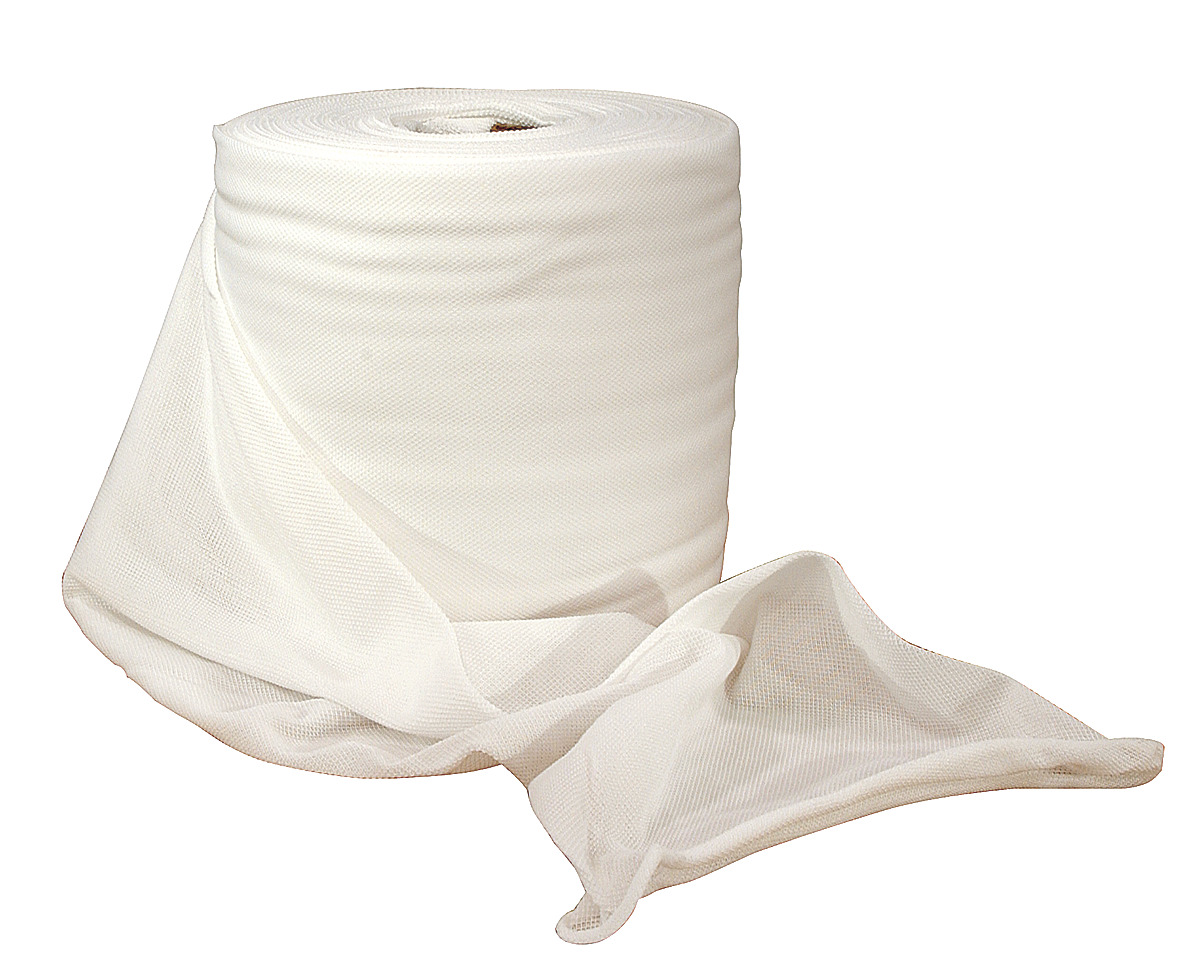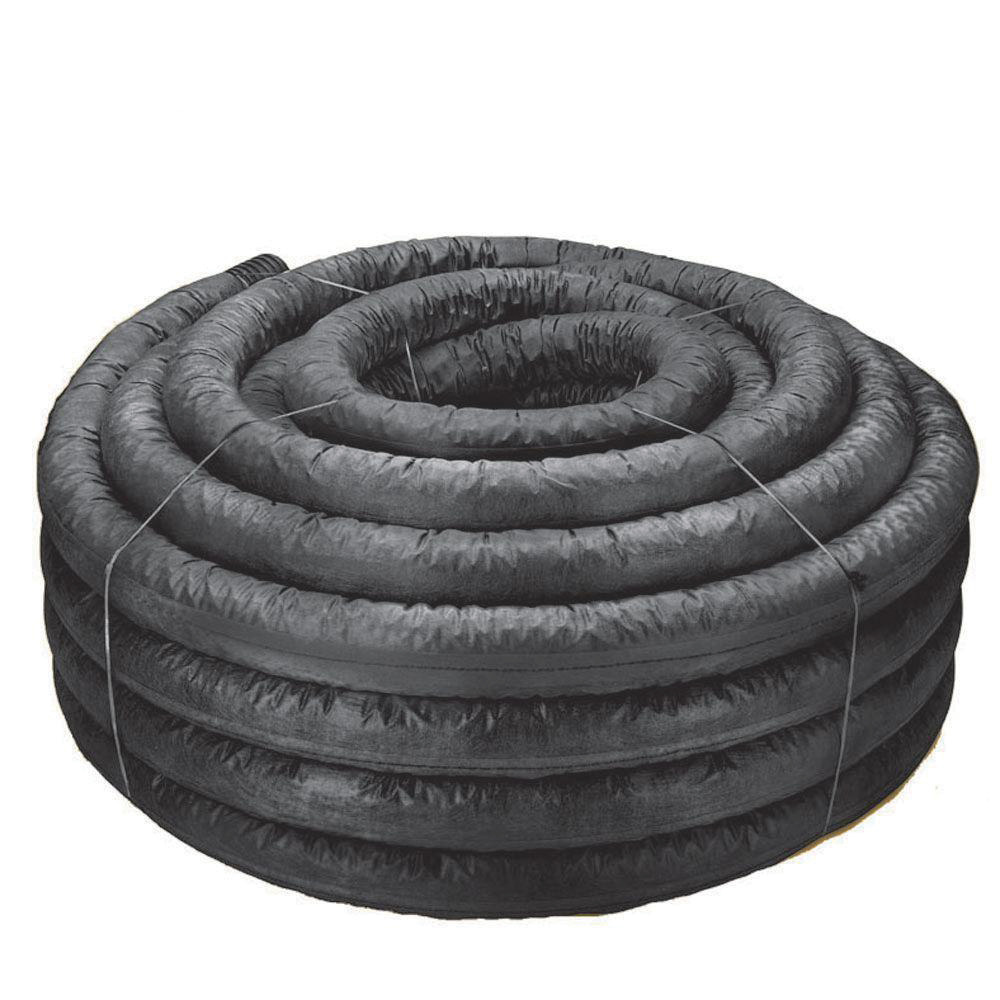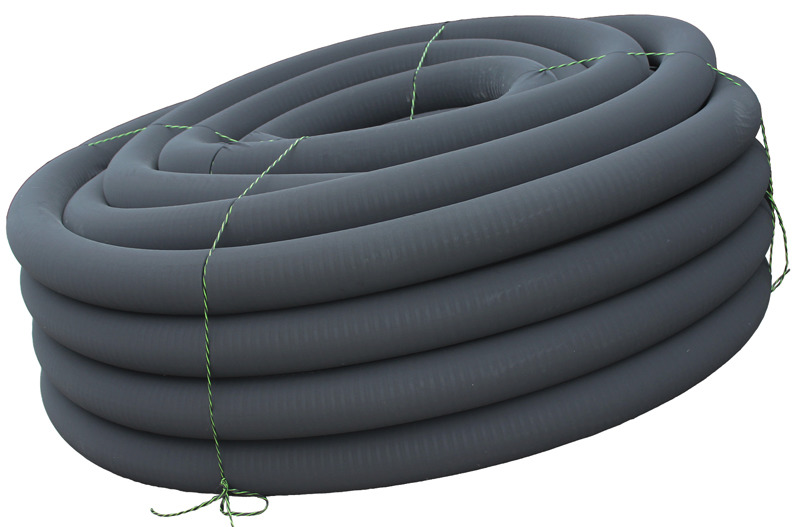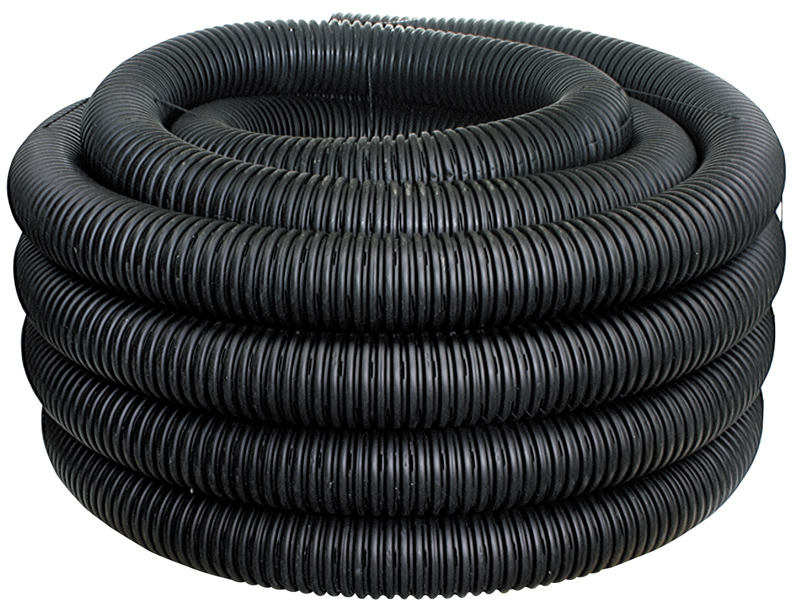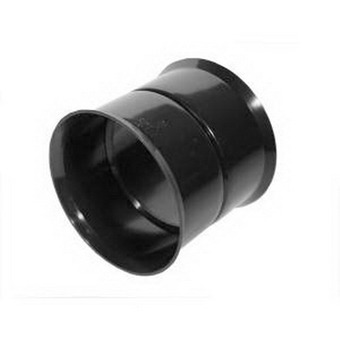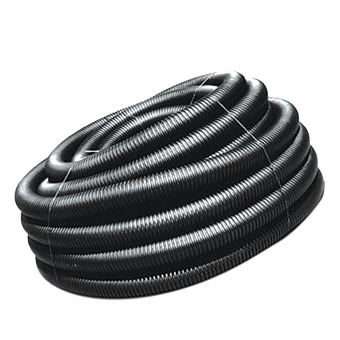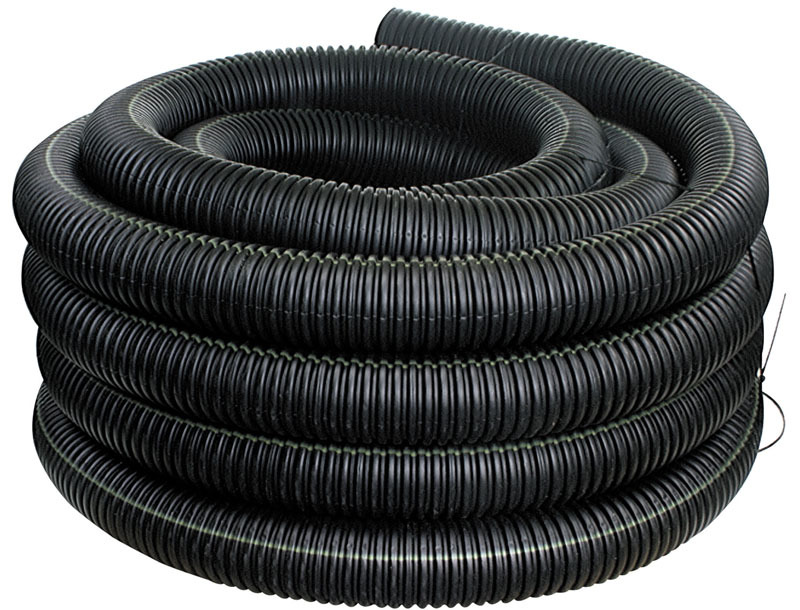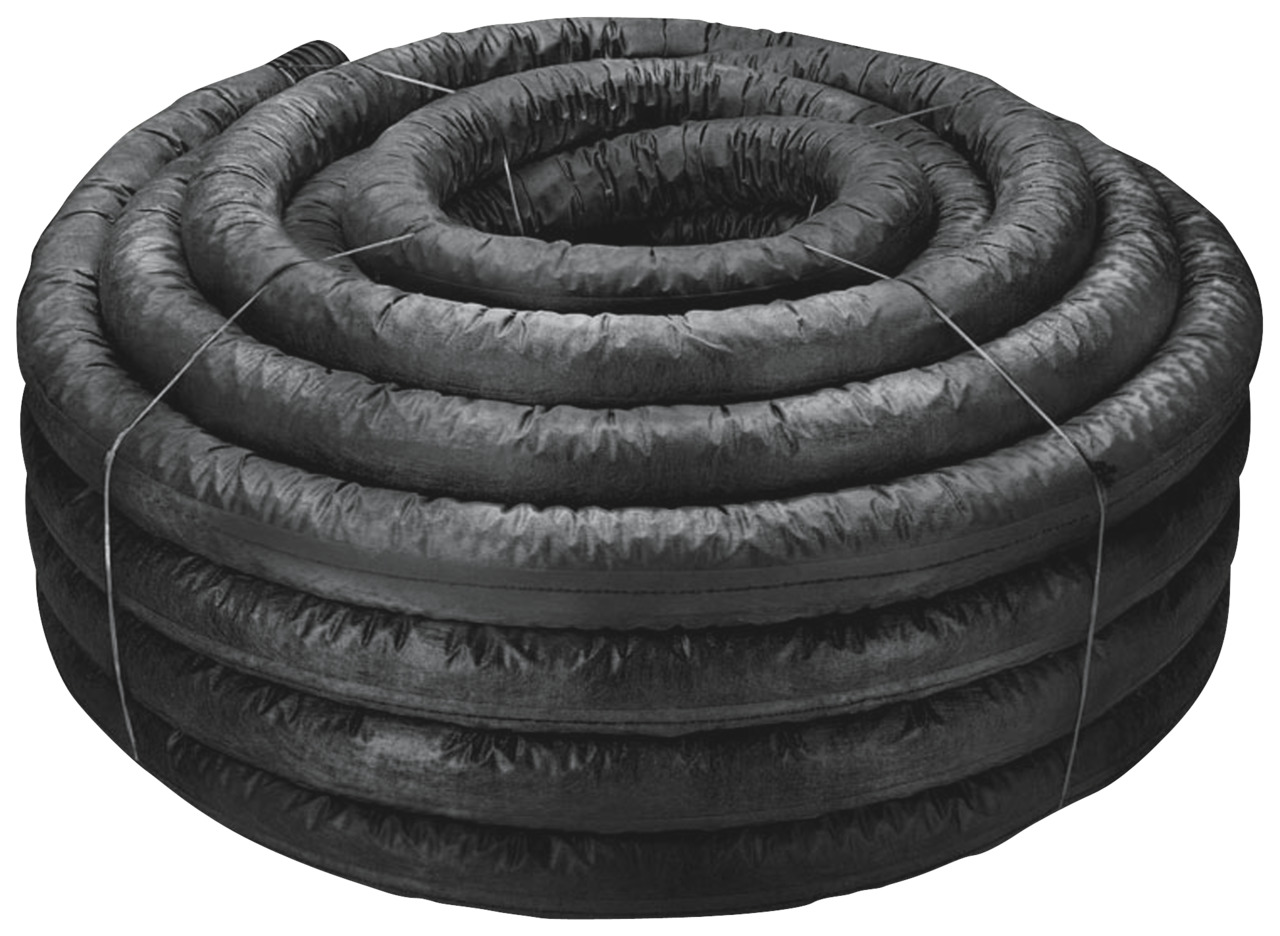HDPE Corrugated Pipe and Fittings
Filter
75 items
content loaded
Price
$0.60 (FOOT)
Item pricing and delivery options may vary based on location. Select your local branch for best pricing.
Price
$192.99 (ROLL)
Item pricing and delivery options may vary based on location. Select your local branch for best pricing.
Price
$2.19 (FOOT)
Item pricing and delivery options may vary based on location. Select your local branch for best pricing.
Price
$170.99 (ROLL)
Item pricing and delivery options may vary based on location. Select your local branch for best pricing.
Price
$22.99 (EACH)
Item pricing and delivery options may vary based on location. Select your local branch for best pricing.
Price
$384.99 (ROLL)
Item pricing and delivery options may vary based on location. Select your local branch for best pricing.
Price
$166.99 (ROLL)
Item pricing and delivery options may vary based on location. Select your local branch for best pricing.
SKU#:155601S
MFG#:06730100BS
Price
$4.69 (FOOT)
Item pricing and delivery options may vary based on location. Select your local branch for best pricing.
Price
$0.60 (FOOT)
Item pricing and delivery options may vary based on location. Select your local branch for best pricing.
Price
$192.99 (ROLL)
Item pricing and delivery options may vary based on location. Select your local branch for best pricing.
Price
$2.19 (FOOT)
Item pricing and delivery options may vary based on location. Select your local branch for best pricing.
Price
$170.99 (ROLL)
Item pricing and delivery options may vary based on location. Select your local branch for best pricing.
Price
$22.99 (EACH)
Item pricing and delivery options may vary based on location. Select your local branch for best pricing.
Price
$384.99 (ROLL)
Item pricing and delivery options may vary based on location. Select your local branch for best pricing.
Price
$166.99 (ROLL)
Item pricing and delivery options may vary based on location. Select your local branch for best pricing.
SKU#:155601S
MFG#:06730100BS
Price
$4.69 (FOOT)
Item pricing and delivery options may vary based on location. Select your local branch for best pricing.


